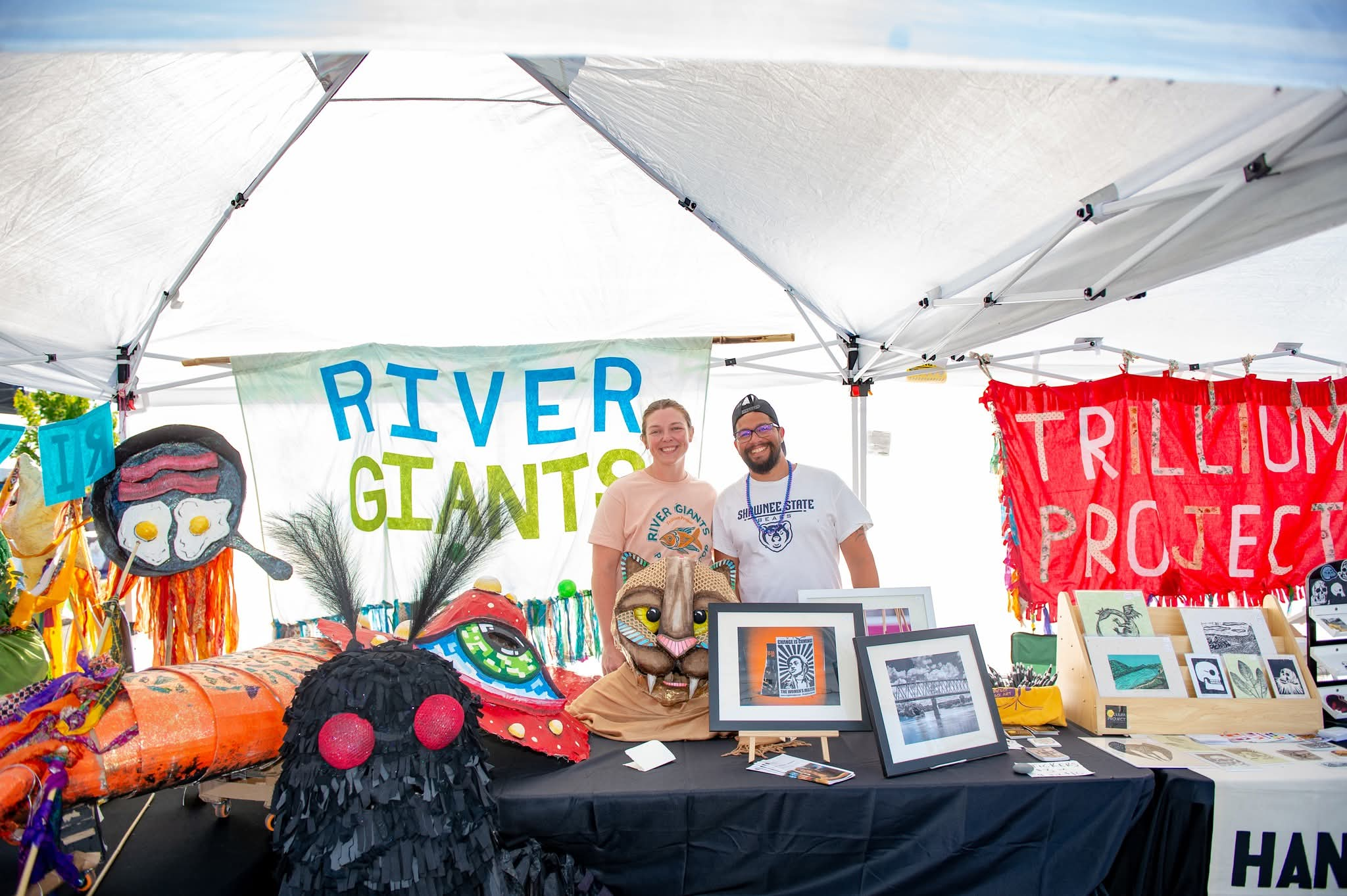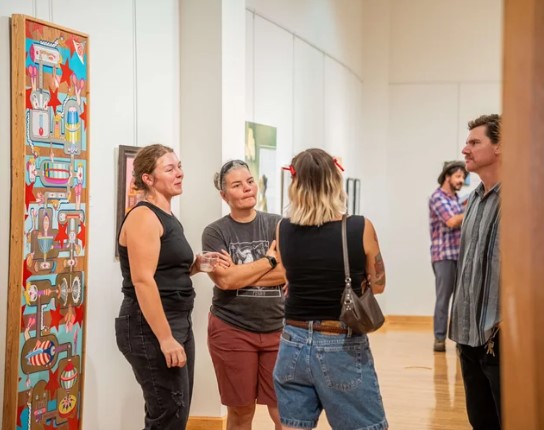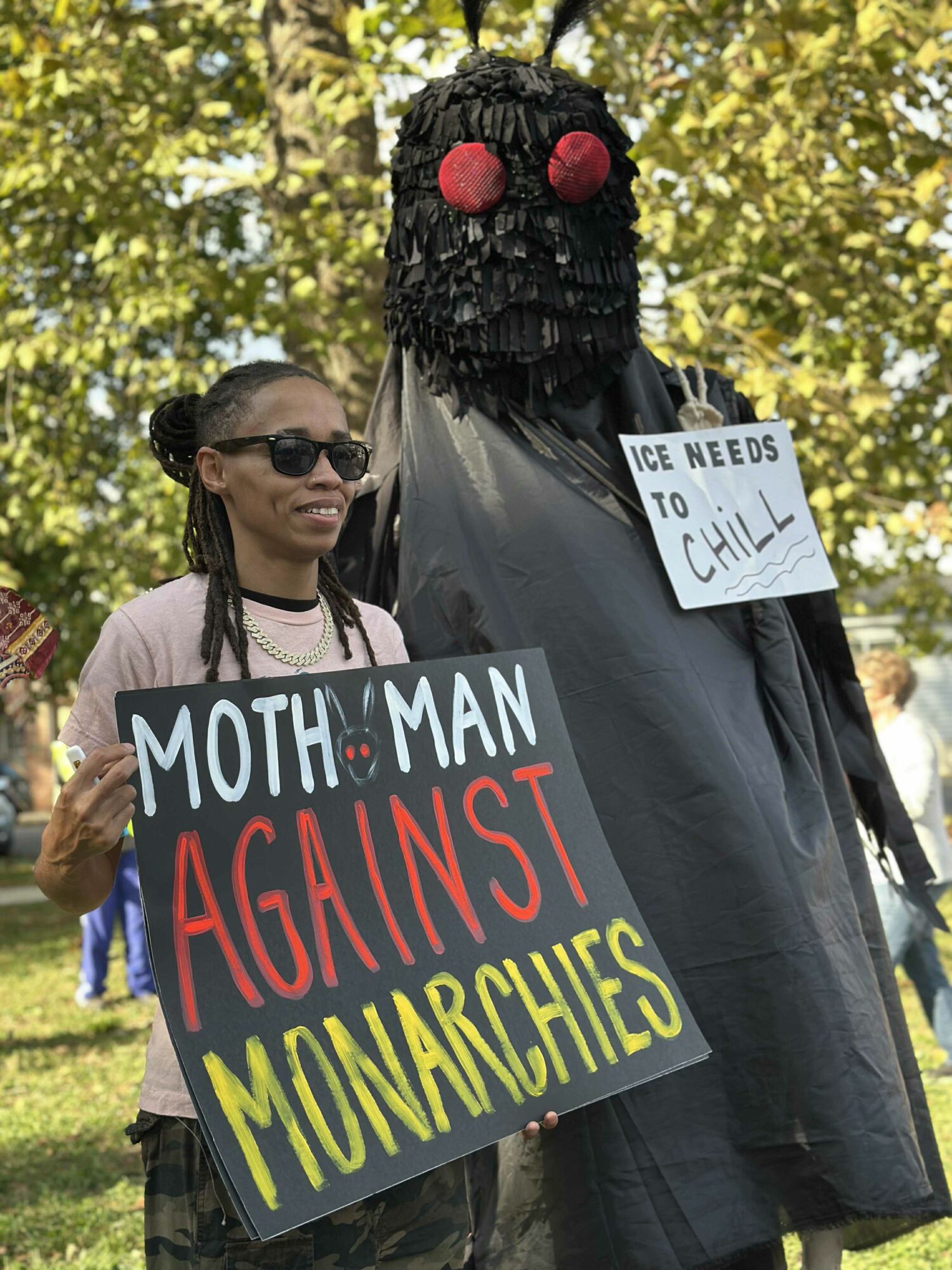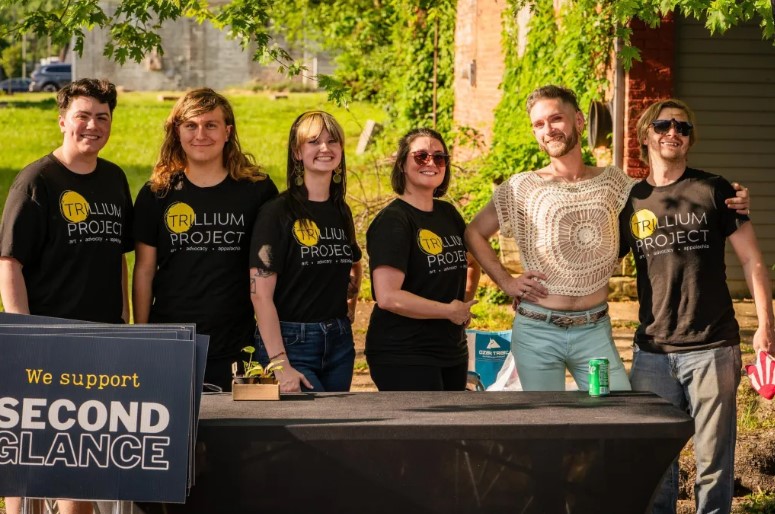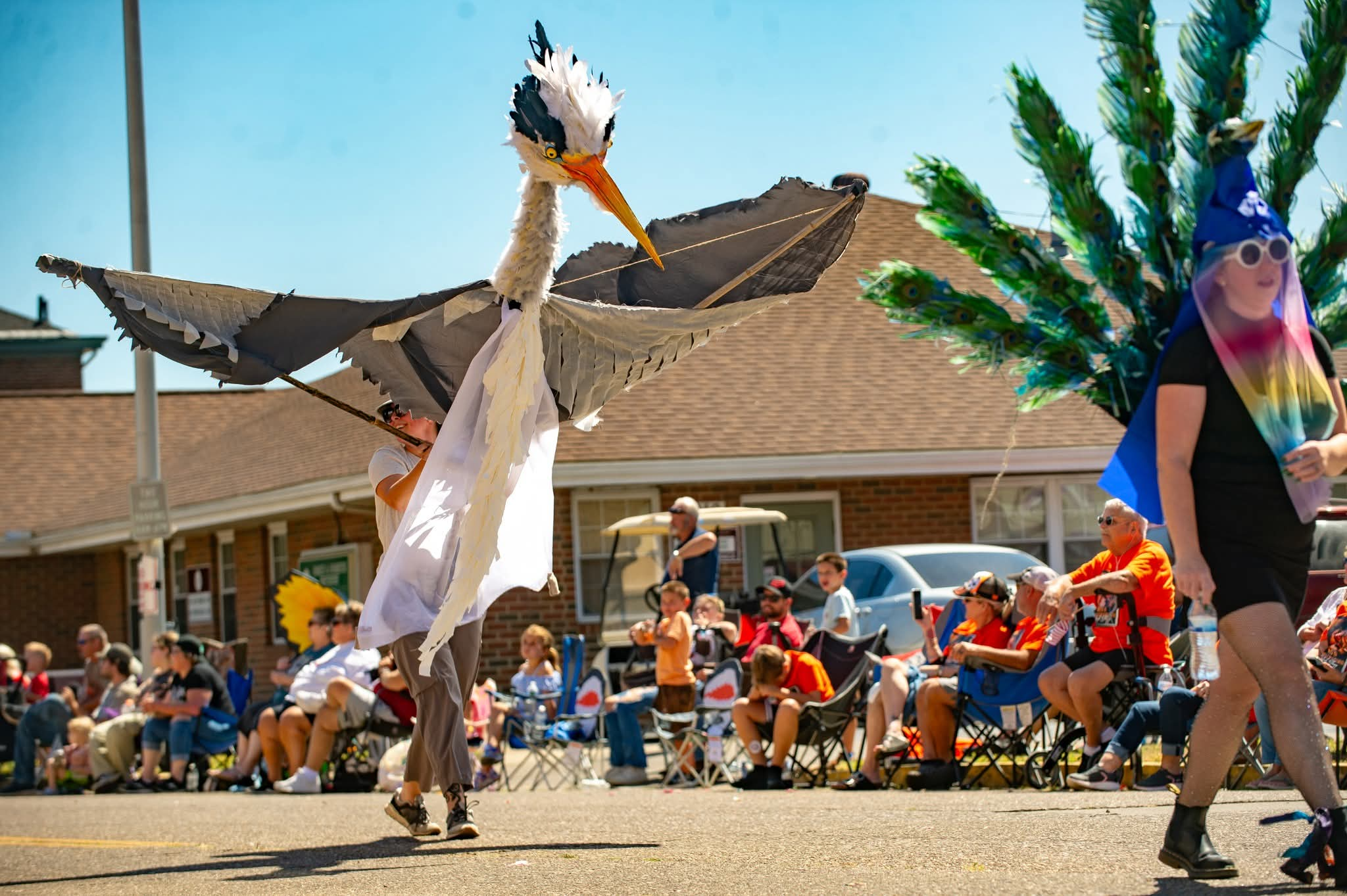

Today we’d like to introduce you to Amanda Lewis.
Amanda, we appreciate you taking the time to share your story with us today. Where does your story begin?
Trillium Project didn’t come from me growing up wanting to be an artist. Honestly, that world wasn’t even on my radar for most of my life. I grew up in poverty and around a lot of instability and abuse, some of it generational, so I’d always been searching for meaning and purpose, trying to find a place where I felt safe and loved. After moving around a bit, when I was twenty-four, I decided to go back to school at Shawnee State University, which is where I met Lane Raiser, who taught creative process and watercolor. He quickly became one of my favorite people in the world. He told me “Be bold, Lewis. You are capable,’ and those words echo in my head and move me forward every time I hesitate because I’m afraid to start something new.
After graduating, I struggled. I couldn’t find a job in the arts where I live and it was frustrating because I didn’t want to have to relocate to a metro area for work. I love where I live and I wanted to stay here. I can remember coming home after work and laying across my bed for hours crying because I felt so incredibly lost and unsure of who I was and what I was supposed to be doing.
At that point, I started getting involved in the community and that’s when things started to shift. For the next couple of years, I worked with nonprofits to rebuild structure and stability- all through volunteer work while also working full time at a local bank. Through that service, I realized how much I loved helping organizations grow and it deepened my care for the community. Ironically, in serving others, I found my own healing and joy. Helping people connect and see beauty in their own place gave me the purpose, belonging, and peace I’d been searching for, and eventually all of those experiences- the personal struggles, the encouragement, the community needs- all of it came together.
I met one of my closest friends, Edwin Martell, who’s a Puerto Rican photographer, and we started talking about the arts and how difficult it is for local artists to earn a living wage where we live because there aren’t many paid opportunities for locals. Most of the larger, public commissions have been given to artists from out of state, while local artists remained untapped. We started talking about ways to mitigate that. I started thinking about how I could utilize my fine art background for the work I was already doing in the community, and it made sense to build something new that focused specifically on the creative economy.
That’s what sparked Trillium Project- the idea of creating a space where local artists cam design and lead projects that address real community needs through creative placemaking. It was about more than just murals or sculptures; it was about creating paid opportunities for local artists where none previously existed, keeping local talent here, and showing that creativity can drive real progress in small communities like ours.
That’s how it started. It wasn’t a lifelong dream- it was seeing what was missing, what we wanted, and deciding to build it for ourselves.
We all face challenges, but looking back would you describe it as a relatively smooth road?
It definitely hasn’t been a smooth road. It’s been challenging and incredibly frustrating, at times, for sure. Finding funding, building partnerships, and getting people to take a chance on something new is never easy.
One of the biggest challenges has been trying to shift how people think about art. In this community, public art is often seen as just floodwall murals, because that’s one of the things Portsmouth is known for. The floodwall murals are beautiful and super important to our local history, but they’re only one expression of creativity. Part of my work has been dedicated to trying to help people understand that art can take many different forms, colors, and styles, and that new projects don’t have to compete with what already exists. They can complement it and draw in more diverse audiences, which only increases the desire for more art- expanding the creative economy.
A recent example of those challenges happened during a city council meeting, when an older gentleman stood up and said the community doesn’t like a mural we’re painting. The irony is that he doesn’t live in the community he claimed to speak for. It was a reminder of how easily a few loud voices can try to silence progress or creativity- especially when it doesn’t look or feel familiar to them.
There’s been a lot of learning, patience, and persistence but every time someone sees one of our projects and says, “I’m glad we have this here,” it reminds us exactly why this work matters.
As you know, we’re big fans of Trillium Project. For our readers who might not be as familiar what can you tell them about the brand?
Trillium Project is an arts and culture nonprofit rooted in Southern Ohio and Central Appalachia. We exist to reimagine what creative infrastructure can look like in small, rural communities- places that have incredible talent and spirit but not always the systems or investment to support them. Our mission is to use the arts as a tool for community and economic development, helping local artists create meaningful work that reflects the identity of our region while generating opportunities for connection, employment, and pride of place.
We’re best known for creating large-scale, interactive public art- things like community-designed murals, and carnival-style puppets that bring playfulness, color, and curiosity back into public spaces. But beyond the art itself, what truly sets us apart is how deeply we involve the community in every step of the process. Our projects are co-created with the people who live here, not just made for them.
We want readers to know that something extraordinary is taking shape in the foothills of Appalachia- a project called The Hollow. We’re developing rural land into a regenerative arts campus that’s a living, breathing ecosystem of creativity, community, and conservation.
We’re building a place where artists, makers, and dreamers can work side by side – where people recovering from hardship can rediscover purpose through meaningful work, and where creativity becomes a real engine for economic renewal.
The Hollow will feature artist studios, workshops, galleries, trails, and gathering spaces- all built from earthen materials and surrounded by restored forest. It’s designed to generate jobs, attract tourism, and inspire a new way of thinking about what’s possible in rural Appalachia.
When it’s complete, The Hollow will be the first hybrid arts campus of its kind in this region- a place that nurtures people and the planet at the same time. We’re looking for partners, investors, and visionaries who believe that the future of Appalachia can be just as innovative, sustainable, and artful as anywhere else in the world.
If you had to, what characteristic of yours would you give the most credit to?
The qualities that have been most essential to our success are resilience, adaptability, and integrity. Working in a small, rural community means you have to get creative, not just artistically, but in how you build partnerships, secure funding, and bring people together around a shared vision. You learn to work with what you have, to pivot when plans fall through, and to keep showing up even when the progress feels slow.
Collaboration is also a huge part of what makes us who we are. We don’t operate in silos. We thrive on bringing artists, residents, businesses, and local organizations into the process. That spirit of inclusion and shared ownership has helped us build trust and create projects that genuinely reflect the people who live here.
And finally, authenticity. In a region that’s often misunderstood or overlooked, being real and intentional matters. We don’t pretend to have all the answers or speak for everyone- we just stay grounded in listening, learning, and using art as a way to build connection and pride of place.
Contact Info:
- Website: https://www.trillium-project.org
- Instagram: https://www.instagram.com/trillium_project
- Facebook: https://www.facebook.com/trilliumproject
- LinkedIn: https://www.linkedin.com/company/trillium-project
